We often like round, thin and puffed rotis (Bread), but we will tell you the reason behind how the rotis (Bread) often puff. You must have seen that the bread cooked at home, after being baked on the tawa, puffed up as soon as they are kept on the stove. There is no rocket science behind inflating roti.
Carbon dioxide gas is the reason for roti (Bread) bloating. When we knead the flour by mixing it with water, then a layer of protein is formed in it. This flexible layer is called gluten. The most important thing about gluten is that it absorbs carbon dioxide inside itself.
Make the dough as soft as you can. Let it be sticky, knead it. Don’t be tempted to add flour even if it feels wet. Knead it until comes together in a soft dough.
From childhood till today, you must have always noticed that after baking the bread cooked at home on the tawa, as soon as they are kept on the stove, it swells up. Gluten is high in wheat flour. Because of this, wheat bread puffed easily. But at the same time, the rotis (bread) of barley, millet, maize puff less. Because gluten is not made in that way. Now you must have understood why your bread puffs up.
To make puffy roti first thing is you need to understand the science behind it. Roti puffs because of moisture in the dough so don’t make the dough too hard. Next thing is to make roti on flames, not on an induction cooktop, Also if roti is round proportionally it helps to make it puff.
We often think of these small things, but the reason behind them is not very big. Similarly, there is no rocket science behind inflating roti. You would never have thought that round bread is made from the rolling pin. But the reason behind the bread puffing is something else.

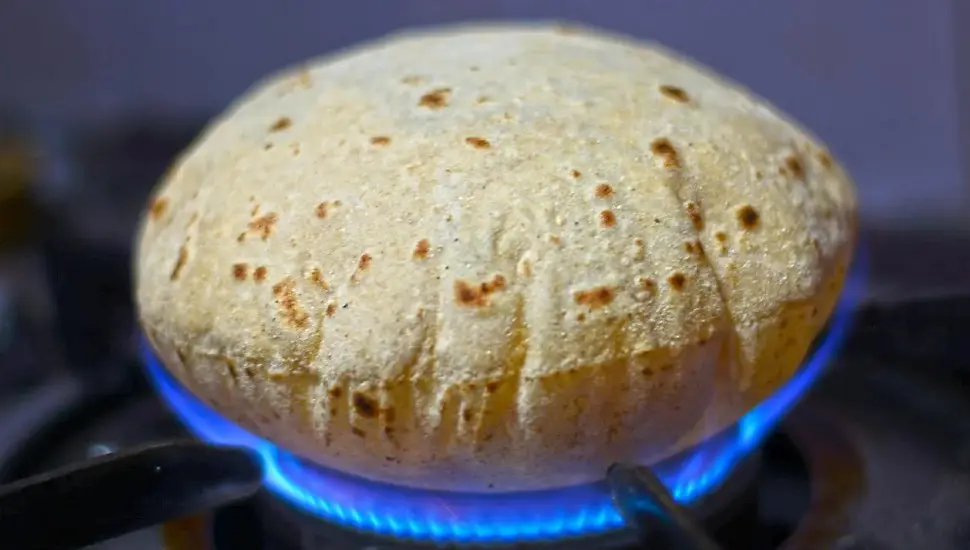


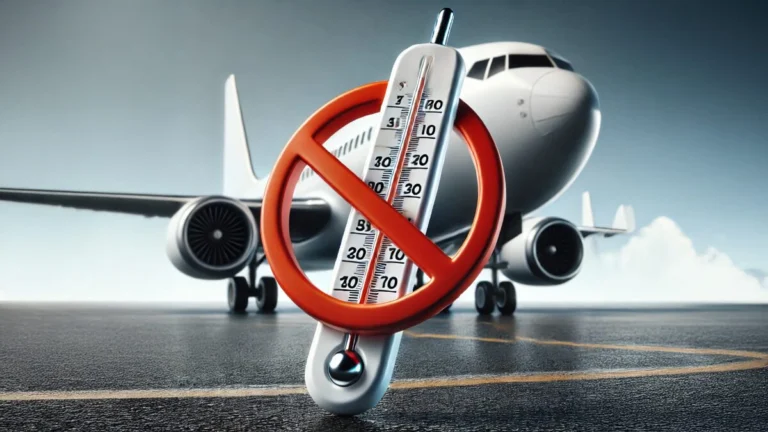










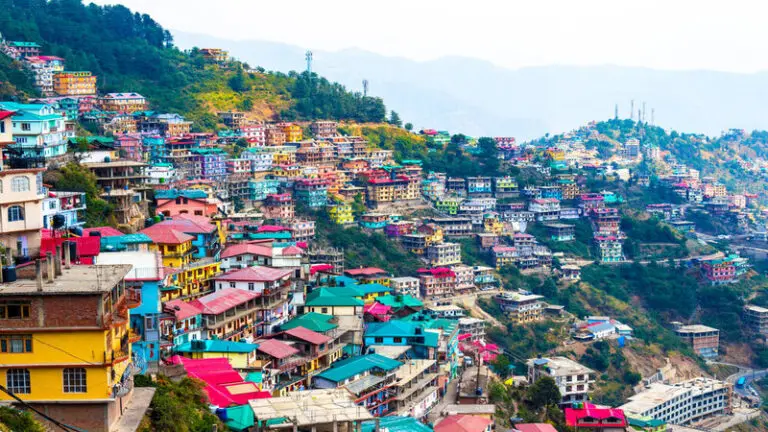
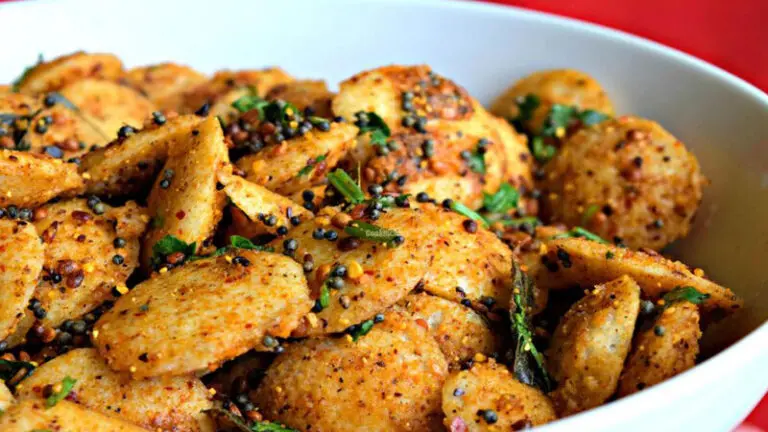





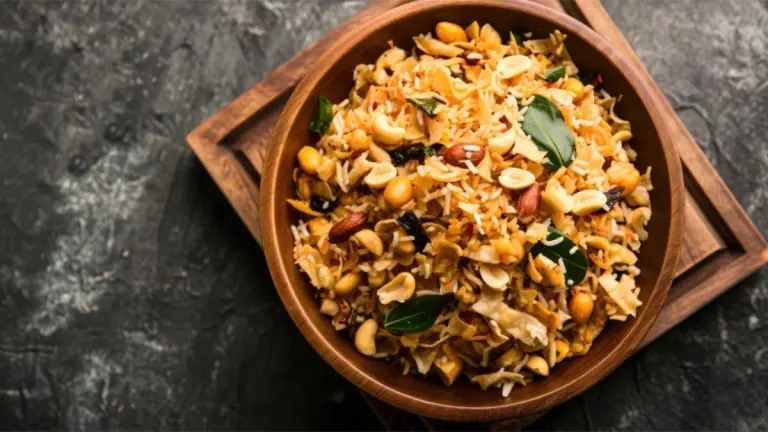
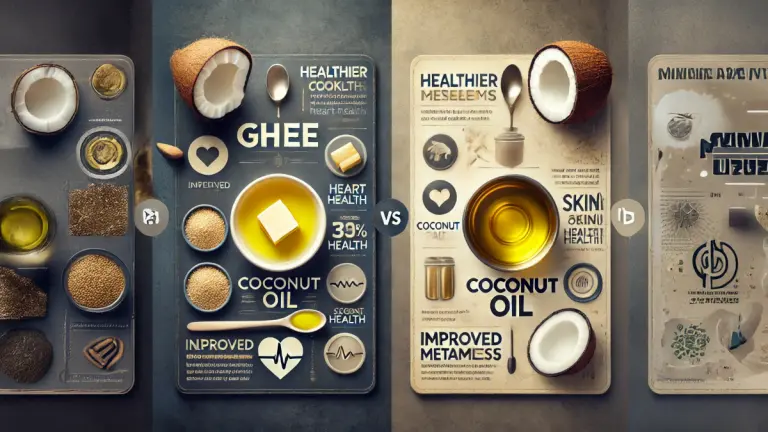






Good work on rotti